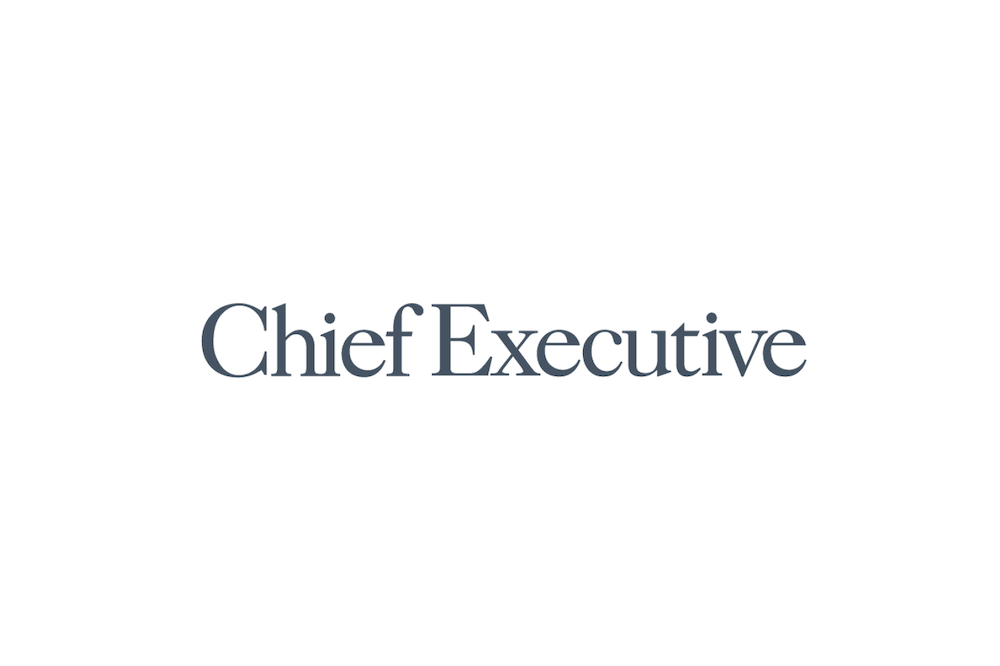As the effects of climate change become increasingly apparent, sustainability has moved front and center for CEOs worldwide who are under pressure to reduce their organizational environmental impact. As the world prepares to achieve net zero by 2050, governments are cracking down on enterprises to track their carbon emissions throughout the supply chain.
The new Climate Disclosure rule proposed by the SEC will require public companies to significantly increase their reporting on climate risk to investors, specifically on Scope 1 and Scope 2 emissions, which are emissions generated by a company’s own operations. Perhaps most importantly, the rule will also require Scope 3 disclosures, which are upstream and downstream emissions along a company’s entire value chain.
This groundbreaking legislation will likely reveal that numerous companies face higher exposure to carbon emissions than what many investors had anticipated. Additionally, the results of these mandates may fundamentally alter how the U.S. addresses the impacts of a warming planet. Although this regulation only applies to public companies, private companies of all sizes will feel pressure from stakeholders, boards, customers, and employees to increase transparency for ESG-related initiatives. C-suites will be responsible for integrating modern sustainability strategies within their organizations’ financial reporting, but many don’t know where to start or how to track their emissions.






